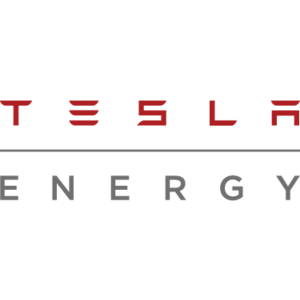Small stove
Propane is a popular choice for poultry and portable stoves because its low boiling point of -42°C (-44°F) causes it to vaporize immediately after release. it in his pocket. Therefore, no carburetor or other vaping device is required; a simple dosing nozzle is enough- Flagship Power .
Refrigerator
Compared to fluorocarbons, propane is less ozone-depleting and has a lower global warming potential. Because its global warming impact is less than current refrigerants, propane was chosen as one of the five refrigerants approved by the EPA in 2015, for use in a standardized way to control its heat. Such modifications are prohibited or discouraged in automobile air-conditioning systems because the use of flammable hydrocarbons in systems designed to carry non-flammable refrigerants presents a serious risk of fire or explosion.
Marketers and supporters of hydrocarbon-based refrigerants oppose such bans because such incidents are small compared to the number of car exhausts full of hydrocarbons. . Propane also helps power outdoor refrigeration, as a source for gas-powered refrigerators, and is often used for camping and recreational vehicles.
Domestic and industrial fuel

Gas tank for propane storage. Since it is easily transported, it is a popular fuel for home heating and emergency power in sparsely populated areas without gas pipelines.
When used for heating or drying grain, it is usually stored in a large, permanently installed cylinder filled with propane. Large semi-trailer trucks, with an average of 10,000 US gallon cylinders, transport propane from pipelines or refineries to large regional storage facilities. Bobtail boats are not unique to the North American market, although the practice is not common elsewhere, the vehicles are often referred to as tankers. In many countries, propane is delivered to the end users from small or medium cylinders, while empty cylinders are removed to be filled in the center.
Gasoline
This section requires additional observations to evaluate. Help us improve this article by adding references and reliable sources. Unnecessary content can be challenged and removed. In the United States, more than 190,000 vehicles use propane and more than 450,000 forklifts use it for fuel. It is the third most popular fuel in the world, behind gasoline and diesel. In other parts of the world, propane used in cars is known as autogas. In 2007, about 13 million vehicles worldwide used autogas. The advantage of propane in cars is its liquid state and moderate pressure. This allows for faster fill times, cheaper fuel cylinder construction, and more than half the cost of gasoline. The octane rating of propane is very high at 110. In the United States, propane fuel equipment is the largest producer of alternative fuels. Propane is also used as a fuel for small engines, especially those used indoors or in places with poor ventilation and ventilation to remove more toxic gases from the environment. make the engine run on fuel. petrol or diesel.
Most heavy-duty trucks on the road use propane as a propellant, which is added through a turbocharger, to mix with diesel fuel particles. The relatively high hydrogen content of propane droplets helps diesel fuel burn hotter, and therefore more efficiently. This provides a lot of torque, horsepower, and clean fuel consumption for the truck. It is ideal for a 7-liter diesel engine to increase fuel economy by 20-33% when using the propane boost system. It’s cheaper because propane is cheaper than diesel. The length of time a cross-country motorist can travel with a combination of diesel and propane fuel means they can meet the federal duty hour requirement with two fewer fuel stops per trip.
Shipping fuel
This section requires additional observations to evaluate. Help us improve this article by adding references and reliable sources. Unnecessary content can be challenged and removed. International ships can use propane from ocean-going ships that carry liquefied petroleum gas (LPG) because when the sun burns off the propane during the voyage, international ships the earth picks up the exhaust propane gas and injects it into the ship’s air conditioning system. diesel fuel.
Transportable propane is stored in metal cylinders in liquid form with holes on top of the liquid. Air pressure in a cylinder is a function of temperature. When propane gas is drawn in at high pressure, the latent heat of vaporization is required to produce the resulting gas.
